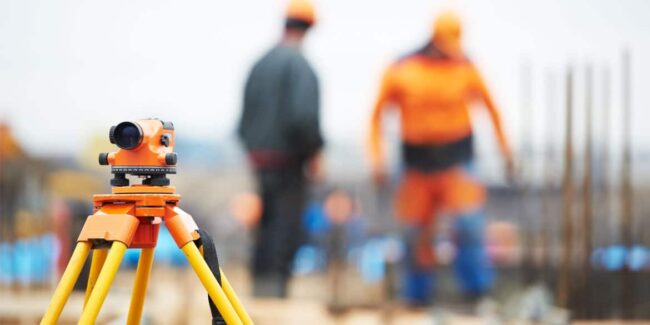Daylight And Sunlight Assessments with Right Of Light London
Daylight and Sunlight Assessments: Why They Matter for Your Next Building Development
Building surveying is a critical aspect of the construction industry that deals with assessing, managing, and maintaining buildings. One of the most important concerns for building surveyors is the issue of rights of light, daylight, and sunlight. These terms refer to the amount of light that a building receives from surrounding structures and, in many cases, are protected by local planning authorities. Contact: Right Of Light London
Rights of light are legal protections that allow for the survival and continued enjoyment of daylight afforded to a property by a neighbouring property, this extends beyond the right to light and means a right to ‘the flow’ of light. Legally, a person is entitled to sufficient light to pass through their windows so that they can carry out ordinary household activities comfortably without artificial light. Consequently, when designing a new building, it is essential to conduct a thorough analysis of the potential impact on neighbouring properties and ensure they are not negatively impacted by the proposed development.

Daylight and sunlight assessments are critical components of any building project as they determine the potential adverse impacts a development may bring to its surrounding environment, and whilst not a legalised entitlement; most planning authorities pay particular attention to this element within planning appraisal. In some instances, these critical components can mean the difference between a scheme achieving planning permission or not.
Sunlight assessments look at the amount of solar energy that a building will receive throughout the day, specific times, or within certain periods of the year. The purpose of a sunlight assessment is to identify whether a proposed development would negatively impact sunlight on neighbouring properties by blocking the sun’s rays. Whereas, a daylight assessment will look at internal areas of a building to determine the levels of natural light that can enter a space throughout the day.
Therefore, ensuring that daylight, sunlight and rights to light assessments are conducted correctly, efficiently and within planning regulations limit the potential for disputes between neighbouring properties and the potential risk judicial reviews will be brought against a Development, which can be devastating for all parties involved.
In conclusion, building surveyors play a crucial role in safeguarding the rights to light, sunlight and daylight in new developments and ensuring that they conform to local planning regulations. Without these essential considerations, new construction may cause severe adverse impacts on the surrounding environment and endanger the future enjoyment of existing properties.
